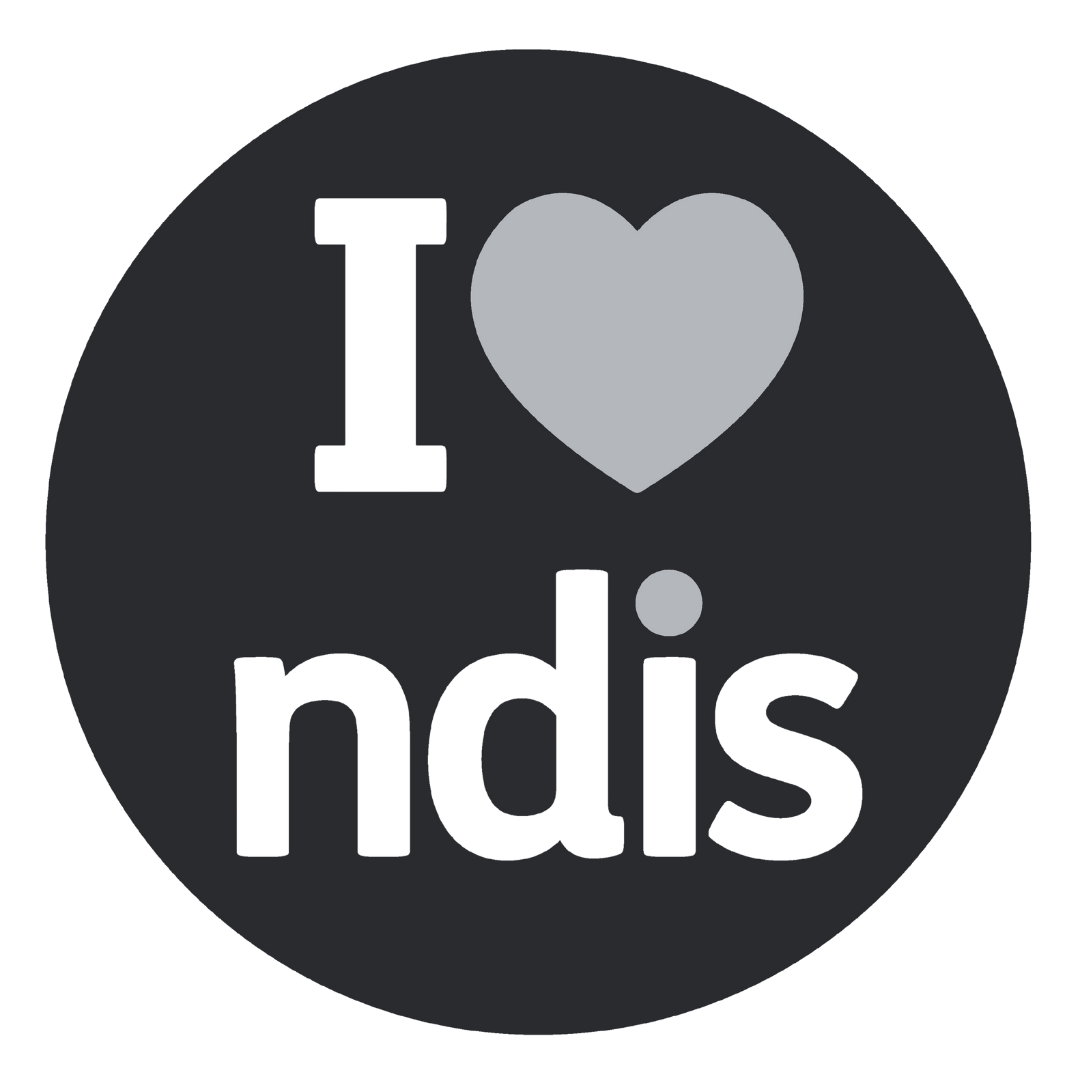Hey readers, Jason Clymo here!
JAM has brought me on to write a few blog posts for them about the fashion industry, and the ways in which inclusion needs to improve. As an activist and model with disability, Molly & Emma have dubbed my experiences as “Insider Information”. I find this kind of amusing, but I can see what they mean - and I hope that some of you can learn a thing or two from what I share here.
So I thought I’d take a more general approach today, to introduce you all to the topic of disability representation and why it’s important.
Firstly, I think I should give you some vital background information about people with disability, and how we interact with fashion...
- People with disability make up roughly 15% of the world’s population
- People with disability make up roughly 18% of Australia’s population
- People with disability buy and wear clothes, shoes, accessories etc.
There you go - that’s the basic information you need…
People with disability exist. However, if you had no idea that we make up nearly ⅕ of Australia’s population - I don’t blame you, because we’re not represented nearly enough. Whether you like it or not, fashion, TV, film & media industries form a lot of our perceptions of the world and the people that live in it. So, by not including and representing people with disability in these creative industries - you are, essentially, telling the world that we don’t exist and/or that we don’t need to be included.
However, we don’t just exist - we also buy clothes (as well as contribute to the economy in all the same ways that non-disabled people do). So, from a business point of view, it’s actually in a company’s best interest to represent and market directly to people with disability. I mean, it doesn’t really seem all that clever to just neglect 18% of your market... This means they should be engaging in:
- Consistently representing people with disability in their advertising and campaigns by hiring models with disability
- Creating universally-designed (or inclusive) clothing - AKA clothing that suits everyone’s needs
- Hiring people with disability throughout all their teams
That’s it from me for now. I hope this little rant has been insightful for some of you - and I look forward to coming to you next time, with the topic of “What effects does exclusion in the Fashion Industry really have?”
Thanks,
Jason
[Jason Clymo is a 25 year-old model and activist with disability. He is incredibly passionate about the representation of people with disability, and lends a knowledgeable and personal voice of reason to all that he does. Jason also blogs and creates social media content for business owners, as part of his own business - J2 Content Creation. You can follow Jason on Instagram here.]


